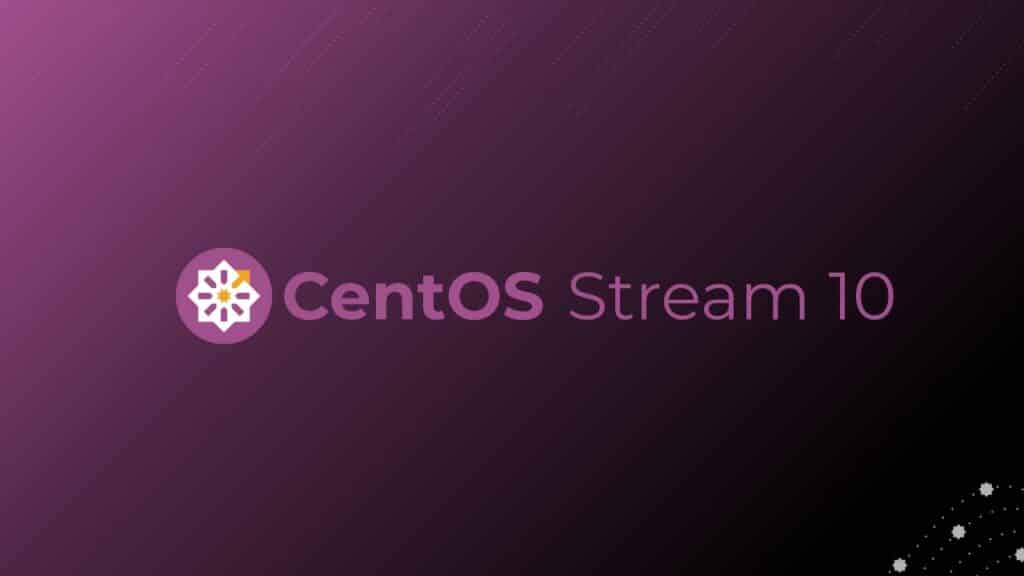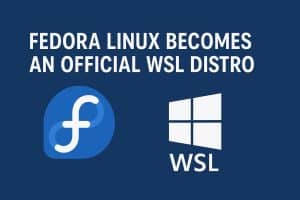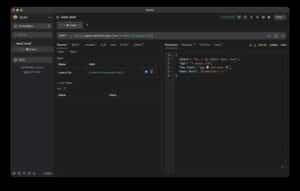Red Hat expands its architecture support, with CentOS Stream 10 paving the way for RHEL 10 on RISC-V systems
In a significant leap for open hardware and enterprise Linux, Red Hat has announced initial CentOS support for the RISC-V architecture, alongside the developer preview of Red Hat Enterprise Linux 10 (RHEL 10) for SiFive’s HiFive Premier P550 development board.
This marks the first new Instruction Set Architecture (ISA) implemented in CentOS since its transition from a downstream clone to CentOS Stream, the upstream development branch of RHEL. The move underscores Red Hat’s growing investment in open source silicon, and its belief in RISC-V as a viable enterprise-grade architecture.
Building RISC-V from the Ground Up
Unlike the x86_64, ARM, Power, or IBM Z platforms, RISC-V is an open, royalty-free ISA that is gaining traction across the tech industry for use in IoT, edge computing, embedded systems, and now, potentially, in the enterprise.
Red Hat tackled the challenge of bootstrapping a new architecture by focusing on a single platform, the SiFive HiFive Premier P550. The CentOS and Red Hat engineering teams rebuilt the operating system from source, successfully compiling a full Linux environment complete with a graphical desktop and development tools.
“Dozens of packages required adaptation—some minimal, others substantial—but the majority of these changes have already landed in CentOS Stream’s dist-git,” explained Shaun McGrath, a Red Hat engineer involved in the project.
Some remaining packages still rely on out-of-tree patches, which Red Hat plans to release alongside the public disk image and source code on June 1, 2025, via a new landing page on developers.redhat.com.
RISC-V: A Community Effort
The announcement complements the broader RISC-V momentum across the open source community. Fedora has long supported RISC-V, with Fedora 42 for riscv64 released just 24 hours after its x86 counterpart earlier this year.
The alignment of Fedora, CentOS Stream 10, and RHEL 10 on the same development platform represents a critical milestone in consolidating RISC-V as a first-class architecture across Red Hat’s ecosystem. It also provides developers, researchers, and hobbyists with multiple Linux variants to explore, test, and contribute to.
What’s Next for RISC-V and CentOS?
Red Hat’s next move involves integrating RISC-V into the CentOS Koji build system, enabling scalable builds and greater community involvement. Developers interested in contributing can join the ISA SIG meetings on Fridays or subscribe to the development mailing list at [email protected].
This initiative is more than a technical proof of concept. It’s a call to action for hardware startups, academic institutions, and enterprise developers to explore RISC-V as a viable open platform—one that aligns with Red Hat’s mission to foster transparent, vendor-neutral innovation.
Why It Matters
Red Hat is now one of the few enterprise Linux vendors to fully back RISC-V, providing not only a developer preview of RHEL 10 but also upstream contributions, tooling, and a clear path for production readiness in the near future.
By aligning CentOS Stream, Fedora, and RHEL on a common open ISA, Red Hat is making a long-term bet that RISC-V could become a major pillar in enterprise infrastructure, cloud-native computing, and edge deployments.











